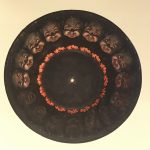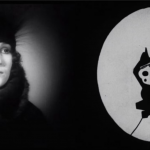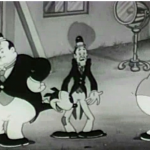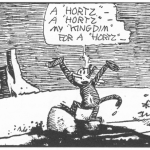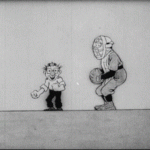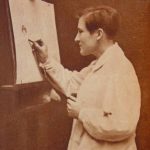
I must correct a mistake that I made and widespread. On the 1996 Spring issue of Animation Journal I published an essay entitled The Italians Who Invented the Drawn-On-Film Technique. The brothers Bruno and Arnaldo Ginanni Corradini, from Ravenna, had…

